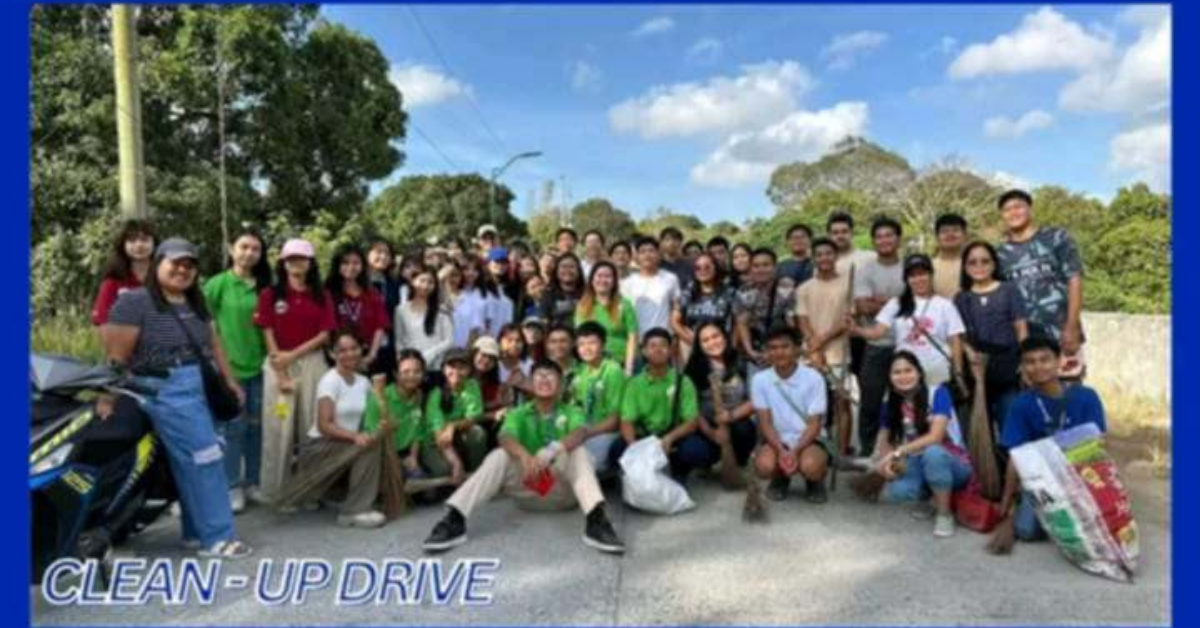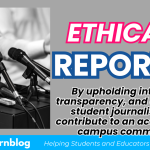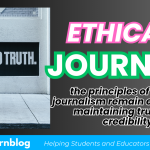Cleanliness in the “Bagong Pilipinas” Implemented by Barangays in GenTri
Following the recent 2023 Elections, the newly elected officials of Buenavista 1, 2, and 3 immediately launched initiatives to keep their streets and alleys clean. Working alongside the Sangguniang Kabataan (SK) of the three barangays, the municipality of General Trias is implementing cleanup drives, promoting proper waste disposal, enforcing restrictions on double parking, and more.
They are participating in the program of the Department of the Interior and Local Government (DILG) titled Kalinisan sa Bagong Pilipinas.
Initiatives in Buenavista
The cleanliness program in Buenavista 2 began under the leadership of SK Chairperson Kim Gerald S. Colocado on January 7, 2024. This was followed by the SK members of Buenavista 3 starting their Clean-Up Drive on January 13, 2024. Buenavista 1 did not lag behind, enacting a new ordinance on January 18, 2024, which bans the use of plastic products. The Barangay Buenavista 1 Facebook Page also indicated that there would be penalties for violations.
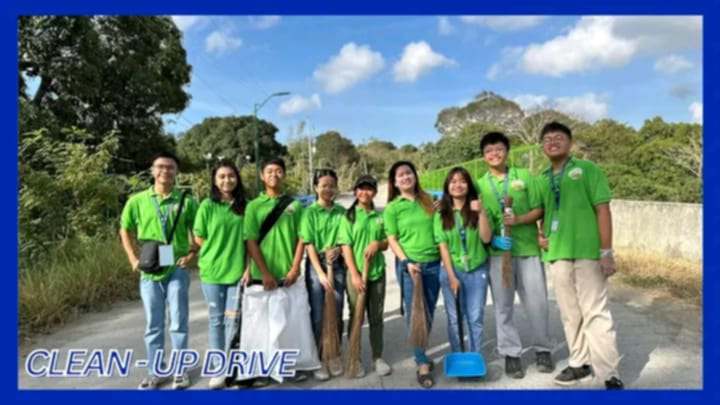
Flood Prevention Solutions
Under the leadership of Punong Barangay Rizalito Potante, Barangay Buenavista 1 conducted cleaning activities in the taguling or drainage areas. This initiative aims to ensure that water flows freely and does not cause flooding in their community. The Kapitan emphasized the importance of not throwing waste into the drainage, as many residents suffer during heavy rains. He encouraged residents to properly bag their trash since waste collectors pass through the barangay daily. Flood prevention could also help in the times of typhoons especially in the months of September, October and November.
Importance of Flood Prevention
Flood prevention during typhoons is crucial for safeguarding lives, infrastructure, and the environment. Effective flood management strategies include the construction of robust drainage systems that can handle heavy rainfall and divert excess water away from populated areas. Implementing green infrastructure, such as permeable pavements and rain gardens, allows for better absorption of rainwater, reducing surface runoff. Additionally, restoring natural waterways and wetlands can enhance their capacity to absorb floodwaters and act as buffers against storm surges.
Community awareness and preparedness play vital roles in flood prevention. Educating residents about flood risks, evacuation routes, and emergency procedures can significantly reduce panic and ensure a swift response during a typhoon. Local governments can facilitate regular drills and workshops to keep the community informed and engaged. Furthermore, creating and maintaining early warning systems allows for timely alerts, enabling individuals to take necessary precautions before severe weather strikes.
Long-term planning and policy development are essential to address the challenges posed by increasing typhoon intensity due to climate change. Governments should invest in infrastructure upgrades, enforce stricter land-use regulations, and promote sustainable development practices that reduce vulnerability to flooding. Collaboration among various stakeholders, government agencies, NGOs, and local communities is crucial to create comprehensive flood management plans that not only mitigate risks but also promote resilience in the face of future typhoons.
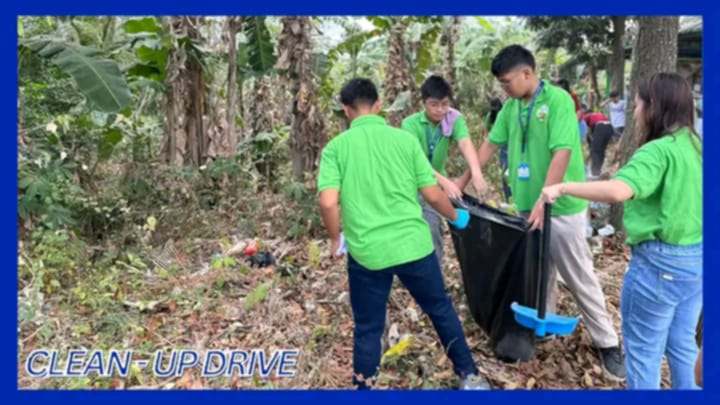
Proactive Measures
It is projected that by 2025, plastic usage will increase by nearly 140% compared to current levels, according to DILG. The Philippines ranks third globally in plastic consumption, generating around 130 million tons annually. The One Plastic Program (OPP) is a crucial step towards reducing plastic waste, aiming to limit households to just one type of plastic and expected to cut plastic use by nearly 80%, equating to over 83 million tons disposed of each year. OPP is a program that will greatly help small cities and towns like General Trias City.
Cleanliness in the Bagong Pilipinas
The phrase Bagong Pilipinas reflects a hopeful vision for the country, despite skepticism about its feasibility. The DILG aims to create a cleaner environment with the help of Sangguniang Kabataan. The program commenced on January 6, 2024, and is expected to continue through 2025.
In summary, the efforts of organizations like the Sangguniang Kabataan are focused on collaborating with the government to achieve a clean and safe community, fostering a healthier environment for all.
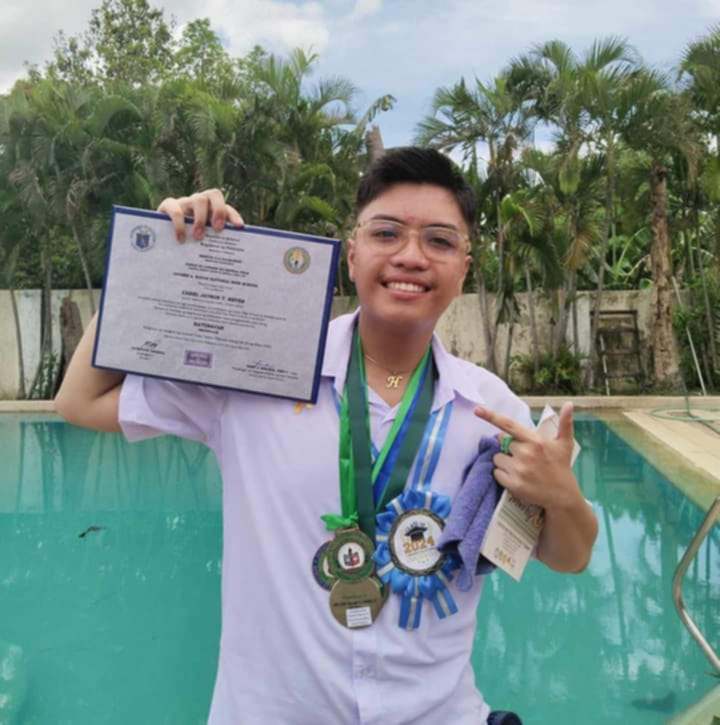
About the Author
Cahrl Jayson Reyes is a 7-year feature writer who has passion to inspire co-journalists. Currently a feature writer and a publisher of a school publication. [Among Charl’s accolades as of writing is him becoming a Regional Schools Press Conference (RSPC) Qualifier in ScieTech Writing, and Division Schools Press Conference (DSPC) qualifier in Feature Writing.]
